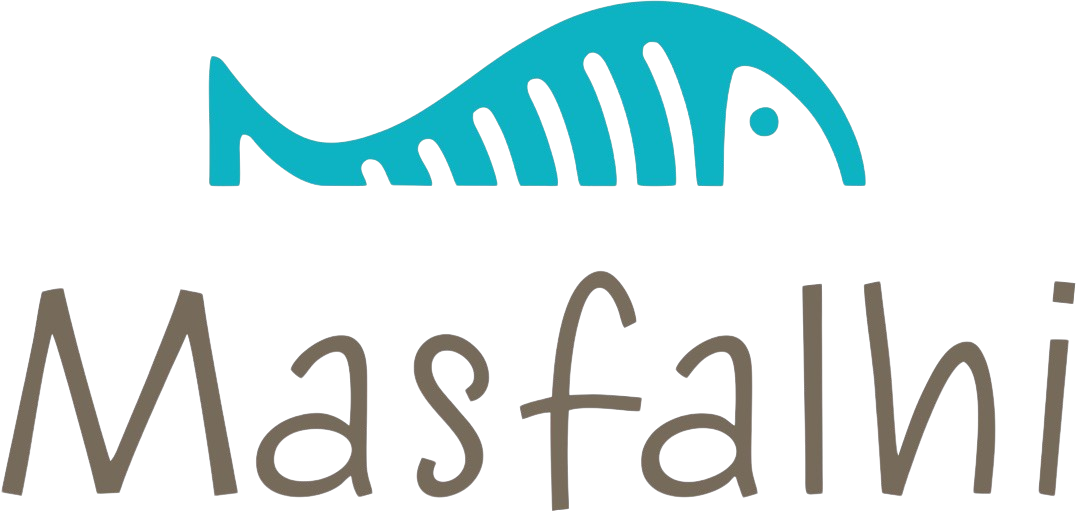Chatbots might disrupt math and computer science classes Some teachers see upsides
However, of those who said that they do use AI chatbots, two-thirds said it had influenced how they work. Tina Persson, a careers coach based in Copenhagen, says that many of her early-career-researcher clients are pessimistic about AI tools. “This is bad for their careers,” she says, because industry — where many of them will probably end up, owing to the dearth of permanent academic positions — is rushing towards this new technology. Since different researchers with diverse research experience participated in this study, article classification may have been somewhat inaccurate. As such, we mitigated this risk by cross-checking the work done by each reviewer to ensure that no relevant article was erroneously excluded.
Lastly, teamwork perception was defined as students’ perception of how well they performed as a team to achieve their learning goals. According to Hadjielias et al. (2021), the cognitive state of teams involved in digital innovations is usually affected by the task involved within the innovation stages. AI-Powered Learning Using chatbots to create personalized learning experiences for students. Another example is the study presented in (Ondáš et al., 2019), where the authors evaluated various aspects of a chatbot used in the education process, including helpfulness, whether users wanted more features in the chatbot, and subjective satisfaction. The students found the tool helpful and efficient, albeit they wanted more features such as more information about courses and departments. In comparison, 88% of the students in (Daud et al., 2020) found the tool highly useful.
How AI Is Changing The Way Students Learn
They can act as virtual tutors, providing personalized learning paths and assisting students with queries on academic subjects. Additionally, chatbots streamline administrative tasks, such as admissions and enrollment processes, automating repetitive tasks and reducing response times for improved efficiency. With the integration of Conversational AI and Generative AI, chatbots enhance communication, offer 24/7 support, and cater to the unique needs of each student. According to the research, education is one of the top 5 industries profiting from using chatbots. Using AI chatbots for education will increasingly become a key to enhancing students’ learning experience and educators’ productivity.
When writing an article, the tools can suggest a structure or help rephrase paragraphs, he says. The postdocs interviewed for this article agreed that chatbots are a great tool for taking the drudgery out of academic work. Romanowska says that, for the students she supervises, she recommends using ChatGPT to code, especially when they are struggling to get their code to work. “It is very easy to copy and paste problematic code into ChatGPT and then ask what is wrong. Not only will it most often point out the problem, but it will also highlight other potential problems,” she says. Ashley Burke, a postdoc who studies malaria at the University of the Witwatersrand in Johannesburg, South Africa, says that she uses chatbots when she has writer’s block and needs help “just getting the first few words on the page”.
Admission process
The scientists presented hundreds of pairs of sentences to nine different language models, asking people who participated in the study which sentences in each pair they thought was more likely to be read or heard in everyday life. The researchers then presented the sentences to the models to see how they would rate each sentence pair. Till then, here is a blog on Why your educational institute needs to use a WhatsApp chatbot. You can integrate the chatbot with a CRM and send student leads directly into the process. Academia might be slower to take up AI; around two-thirds of the postdocs in the Nature survey did not feel that AI had changed their day-to-day work and career plans.
Remember to take the lead when using chatbots for team projects, making your own choices while incorporating the helpful and discarding what is not. Metacognitive skills can help students understand how learning works, increase awareness of gaps in their learning, and lead them to develop study techniques (Santascoy, 2021). Stanford has academic skills coaches that support students in developing metacognitive and other skills, but you might also integrate metacognitive activities into your courses with the assistance of an AI chatbot. For example, you and your students could use a chatbot to reflect on their experience working on a group project or to reflect on how to improve study habits. We advise that you practice metacognitive routines first, before using a chatbot, so that you can compare results and use the chatbot most effectively.
In fact, despite some commonly held beliefs, the use of AI in education goes beyond grading student assessments, and this technology can greatly benefit both educators and students. Copilot is an artificial intelligence tool that combines natural language with linguistic models, data and Microsoft Graph to improve employee productivity using daily applications such as Word, Excel, Outlook, Teams, PowerPoint… At this time of expansion of e-learning, chatbots are a great ally to achieve that quality with a more affordable budget. Admission process- Chatbots help generate leads through the use of channels beyond the website like WhatsApp, Facebook and Instagram. They then collect each prospect’s information and use that to increase conversions through personalised engagement and quality interaction. They then provide prospects with all required information on the institution and help ease the processes by answering all queries and easing up legacy processes.
The AI chatbot for education is transforming the way Ed-tech companies and institutions are sharing necessary information and leading conversations. Understanding which of your methods contributed to achieving such performance is another thing entirely. AI chatbots are ideal for teachers and institutes to collect students’ feedbacks. Its usage upgrades the learning processes thanks to increasing the participation of students. For these and other geopolitical reasons, ChatGPT is banned in countries with strict internet censorship policies, like North Korea, Iran, Syria, Russia, and China.
The future of AI and chatbots in education
The need for cognition also indicates positive acceptance towards problem-solving (Cacioppo et al., 1996), enjoyment (Park et al., 2008), and it is critical for teamwork, as it fosters team performance and information-processing motivation (Kearney et al., 2009). Henceforth, we speculated that EC might influence the need for cognition as it aids in simplifying learning tasks (Ciechanowski et al., 2019), especially for teamwork. The purpose of this work was to conduct a systematic review of the to understand their fields of applications, platforms, interaction styles, design principles, empirical evidence, and limitations.
Including friendly conversations and entering, related questions will help receive better feedback and work for the desired results. Chatbots today find their applications in more than just customer services and engagement. Rather, they are there in every field, constantly helping all to alleviate the extra stress, and so are AI chatbots for education. When it comes to education-related applications of AI, the media have paid the most attention to applications like students getting chatbots to compose their essays and term papers. The purpose of an AI-powered chatbot is to simulate a human for practicing scenarios that users are likely to encounter. They focus principally on functional skills and prepare students to use their language skills in the real world.
Any use of AI carries some risks and shortcomings in how these tools perform and respond to different prompts. The ability to transfer skills and knowledge that you learned to a new situation involves abstract thinking, problem-solving, and self-awareness. Deliberate practice, such as role-playing, can help you develop these transfer skills.
- Chatbots can facilitate online discussions, group projects, and collaborative learning experiences, allowing students to engage with peers and share ideas, fostering community and active participation.
- If the chatbot is a lovely, friendly figure, the experience of taking one of these tests is more relaxed.
- Schools and universities have two important factors other than their three bases, i.e.
- Moreover, the complexity of designing and capturing all scenarios of how a user might engage with a chatbot also creates frustrations in interaction as expectations may not always be met for both parties (Brandtzaeg & Følstad, 2018).
- Moreover, other web-based chatbots such as EnglishBot (Ruan et al., 2021) help students learn a foreign language.
- And, especially when access to schools is limited (like in the case of the COVID-19 pandemic or another natural disaster), interacting with a chatbot may be a better way of learning for students than just having to read textbooks alone.
Your students have lots of things to learn and have lots of queries too. REVE Chat offers a chatbot solution for the education industry that allows students to connect with their teachers and administrators and get proper assistance thus facilitating faster learning and better engagement. Next, it was interesting to observe the differences and the similarities in both groups for teamwork. In the EC group, there were changes in terms of how students identified learning from other individual team members towards a collective perspective of learning from the team. Similarly, there was also more emphasis on how they contributed as a team, especially in providing technical support. Concurrently, it was evident that the self-realization of their value as a contributing team member in both groups increased from pre-intervention to post-intervention, which was higher for the CT group.
Read more about https://www.metadialog.com/ here.


